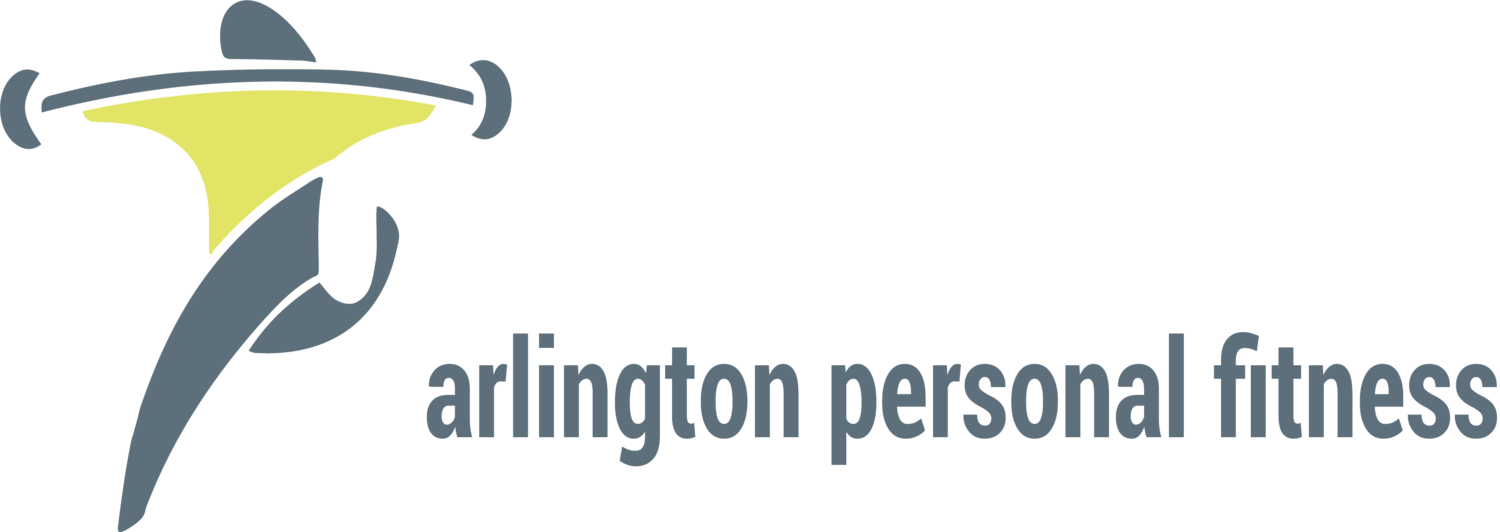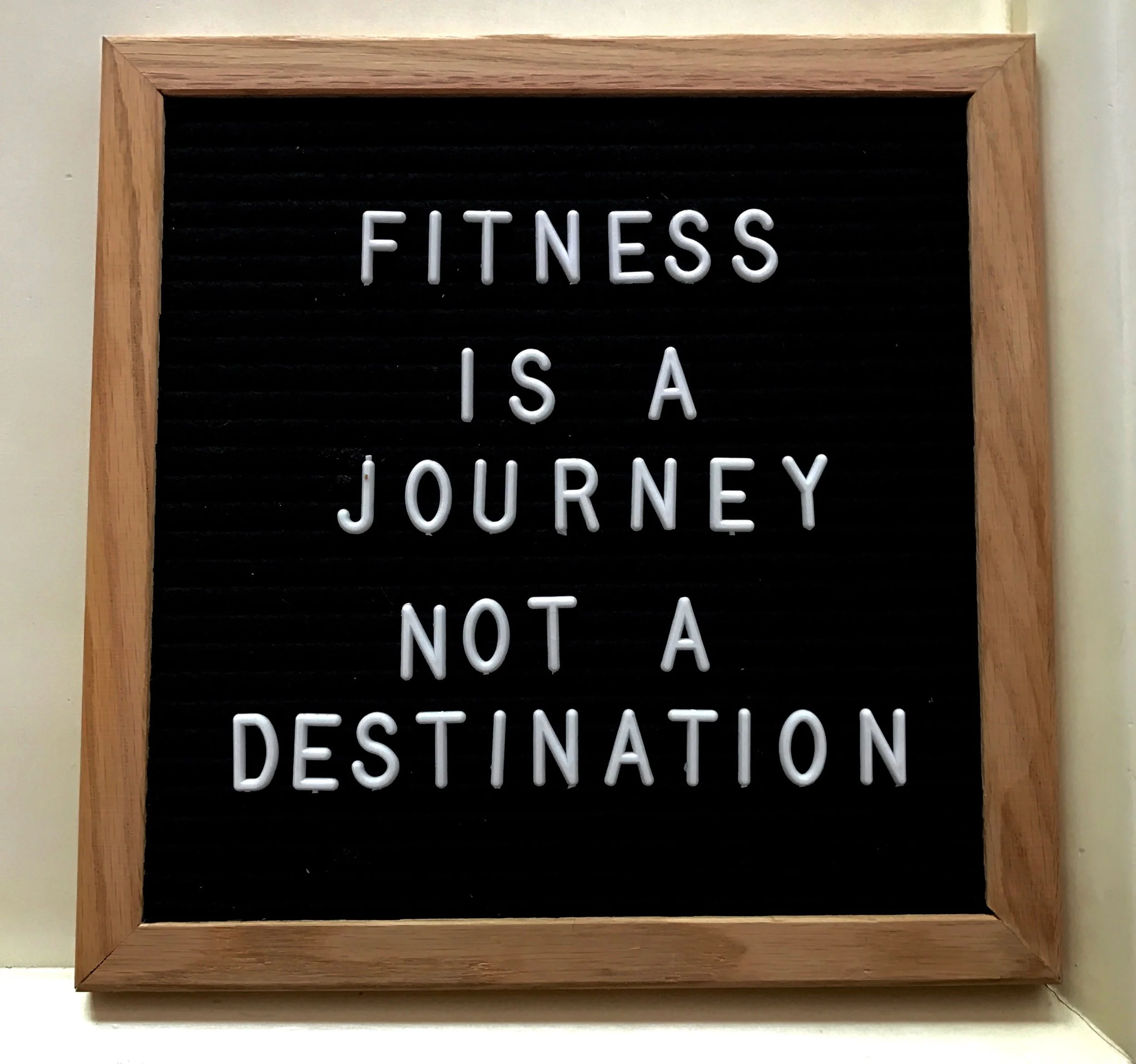The Importance of a Warm Up
/The other day I asked one of my tennis player clients if he had warmed up thoroughly before playing. He thought about my question for a couple seconds then he said “warm up is in the same category as flossing: We all know we should do more of it but we never quite get around to it!” After I stopped laughing, I explained why warming up properly and thoroughly can be the most important thing one can do to yield the best performance possible on any given day!
We all remember as youngsters jumping into a pickup game of soccer or tennis or basketball without even THINKING of warming up first. At that point in our lives tendons and ligaments were supple and flexible, the list of injuries was short (if any) and the excitement to get playing was too strong. For Athletes 50+, the excitement to get playing is just as strong but the tendons and ligaments are not as supple or flexible and the list of injuries has grown considerably.
The benefits of a proper warm up:
A) Increase Muscle Temperature- as this happens (up to a point), a muscle’s contractile efficiency increases and therefore its function improves.
B) Increase in General Temperature- an increase in systemic temperature (up to a point) makes the whole system function more efficiently.
C) Increase Blood Flow to Muscles including the Heart- as the blood vessels dilate and carry more blood to the working muscles, including the heart, more oxygen gets delivered to and more waste products are removed from those muscles.
D) Increase Range of Motion of Joints- a proper warm up allows you to slowly and safely increase the range of motion around joints as the exercises progress from easy to hard, slow to fast and unidirectional to multidirectional.
E) Increase Psychological Readiness (Focus)- as we go through the warm up our minds are becoming more ready for the task that’s coming up by eliminating distracting thoughts from the day’s events and visualizing what we want to accomplish during the game.
F) Increase Neuro-Muscular Efficiency- as the warm up moves from general exercises to sport specific exercises, the nervous system/muscular system connection becomes sharper and faster resulting in better technique.
G) Decrease Risk of Injury- all the previously mentioned benefits will result in fewer injuries to tendons, ligaments, joint structures and muscles, of which the heart is one.
H) Decrease in Post Match Soreness- less stress at the cellular level means there will be less soreness from damaged tissues.
Guidelines for a Proper Warm up:
Generally speaking, sports that require change in direction such as racquetball, squash, soccer, basketball, etc. should follow the following sequence:
Stationary --> Low impact straight line activities --> High impact straight line activities --> Low impact lateral activities --> High impact lateral activities --> Change of direction activities --> Sport specific activities
Click here to see a sample warm up video:
https://www.youtube.com/watch?v=D7NpOuXukRk
Perform each activity for 30-45 seconds or for 10-15 repetitions. Repeat as many times as you feel you need.
Compete!!


